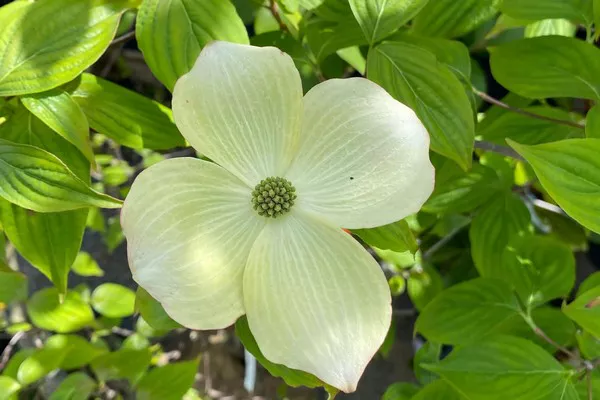After a period of decline spanning several years, the official flower of Cumbria is now flourishing once more.
The dwindling numbers of Cumbria’s official flower, Parnassia palustris, also known as Grass of Parnassus, have been attributed to damaged habitats. However, a resurgence is underway, thanks to the strategic grazing practices adopted by local farmers.
Recognizable to Cumbria’s residents, Grass of Parnassus not only holds the title of the county’s official flower but also takes a prominent place on bins, signs, and official documents issued by the newly established Cumberland Council, serving as the central element in its logo.
Detailing the flower’s characteristics, John Hooson, a nature conservation advisor, commented, “The flower’s vibrant white structure with five petals is truly captivating. Delicate gray-green veins traverse its petals, and on a warm, calm day, a subtle honey fragrance graces the air.”
Hooson added, “Selecting this plant as an emblem for the Cumberland flag is fitting. It thrives in the Lake District, and the presence of the Grass of Parnassus is emblematic of the entire county.”
The moniker “Grass of Parnassus” originates from the Parnassus mountain range in Greece. Legend has it that the cattle grazing on the mountainsides favored this flower, leading the locals to accord it honorary status as a grass variety.
However, in Cumbria, the flower is perhaps better recognized by its alternative name, the Bog Star.
Recent alterations in grazing practices have enabled the flower to reclaim its place in the county’s hills and valleys. Simon Hill, a representative from the National Trust, indicated that shifting from sheep to low-intensity cattle grazing has significantly contributed to the revival of the flower’s natural habitats.
Hill emphasized, “These habitats play a pivotal role in maintaining the overall health and appearance of our landscape. Given the vast expanse of priority habitat, it is imperative that the National Trust ensures their optimal condition.”


